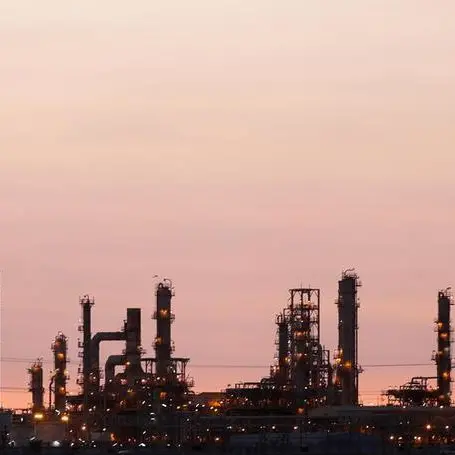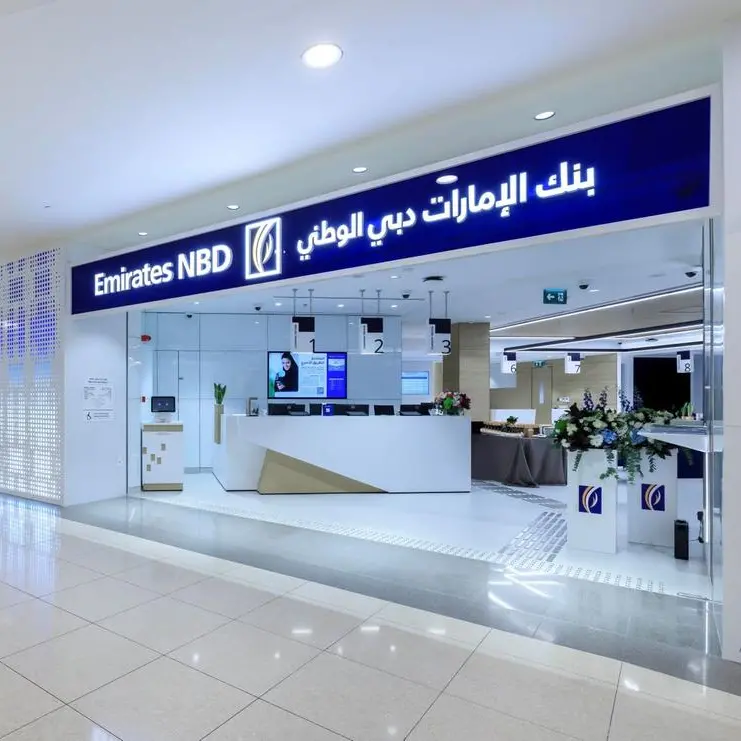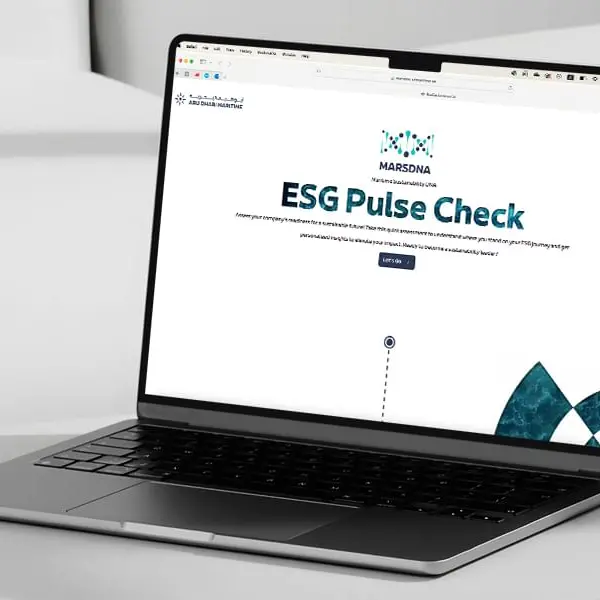PHOTO
DUBAI: Saudi Arabia’s expertise in deep oil-well drilling is being used in an International bid to predict life-threatening earthquakes in the tumultuous seas off the coast of Japan.
Scientists from the King Abdullah University of Science and Technology are working with Japanese and American colleagues in a long-term project to drill down into sub-sea sections of the earth’s crust in the Nankai Trough, a notorious seismic zone off the country’s southern coast, which has been the site of fatal tsunami-generating earthquakes throughout Japan’s history.
The project - involving a multi-national team aboard the hi-tech research vessel the Chikyu - has already set a new world record for underwater drilling, having reached 3,262.5 meters below the seabed, which is itself 2,000 meters below sea-level, using expertise tried and tested by Saudi Aramco in the Kingdom’s oil industry.
Thomas Finkbeiner, a petroleum geomechanics expert turned KAUST senior research scientist, and a member of the Chikyu expedition, told Arab News: “The ultimate aim is to help save lives and prevent damage to the infrastructure of Japan, as we tragically witnessed after the 2011 earthquake and tsunami. The economic cost was huge, but the real cost was in human lives.”
The 2011 earthquake and tsunami - which occurred further north off the Japanese Pacific coast - led to as many as 20,000 deaths, though many victims are still classified as “missing”, and $235bn of economic damage, making it one of the costliest natural disasters in history.
The Chikyu expedition is run under the auspices of the Yokohama-based Japanese Agency for Marine Earth Science and Technology, and aims to drill down into the Nankai Trough where three tectonic plates - the Pacific, Eurasian and the Philippines - meet. It is one of the most seismologically active areas in the world.
“The geology and the environment is very challenging. Nobody has ever tried to drill a well so deep in such a seismogenic region before. These are large-scale subduction zones with lots of tectonic stress, and folding and faulting of the undersea plates,” Finkbeiner said.
The aim is to install monitoring equipment at the heart of the zone in an effort to detect seismic and tsunami events and give early warnings of impending disasters. “If such a well succeeded, the knowledge and insight that would be gained from such an observatory would be invaluable,” he added.
Earlier his year, operations were halted when drilling encountered tough geological conditions as they approached the plate boundary fault. The Japanese and their Saudi partners are hoping for further official funding to resume drilling in the near future.
The 11-year Chikyu project has been working at the extremes of scientific and technological experience.
The official website says: “These operations are extremely difficult tasks never before achieved due to the fragile geological formations and factors including the powerful Kuroshio current, a location subject to typhoon approaches and also affected by multiple cold fronts during the winter.
The operations are challenging even for Saudi Arabia’s technological expertise in drilling for oil. Most wells in the Kingdom typically strike oil at around the 2,000 meters level, though some are significantly deeper.
Copyright: Arab News © 2019 All rights reserved. Provided by SyndiGate Media Inc. (Syndigate.info).























